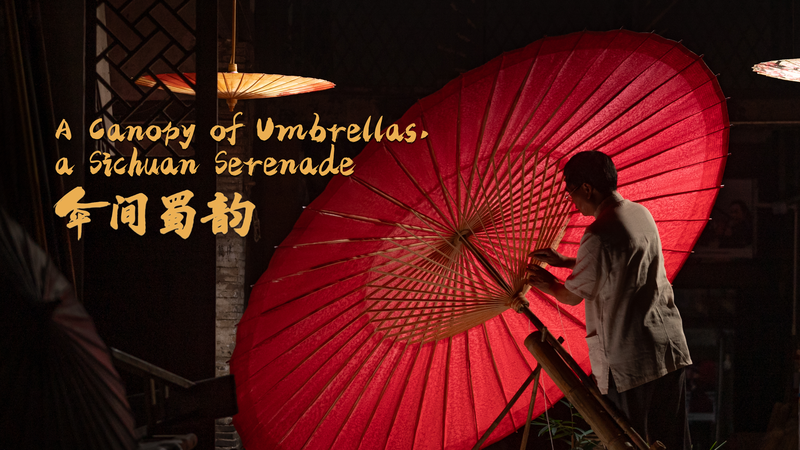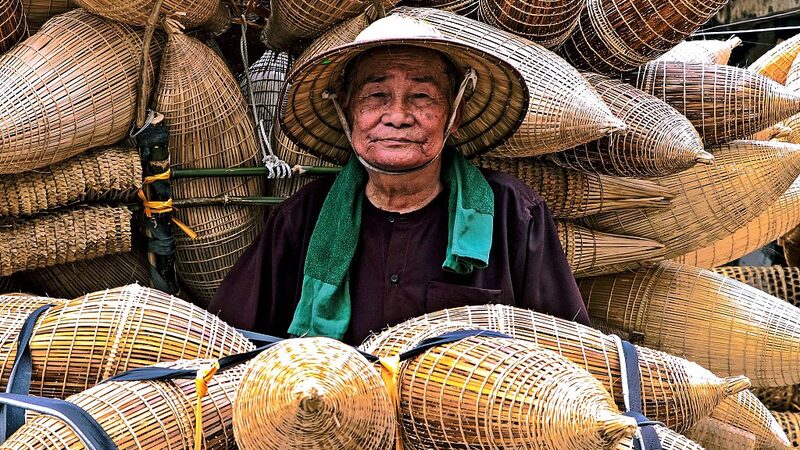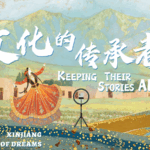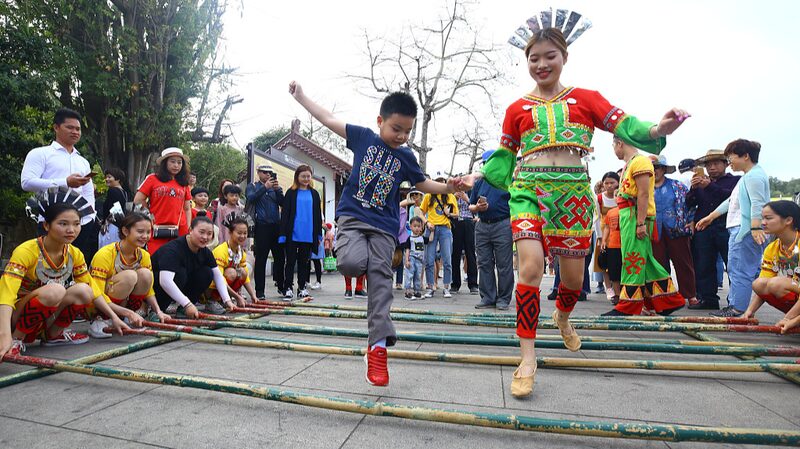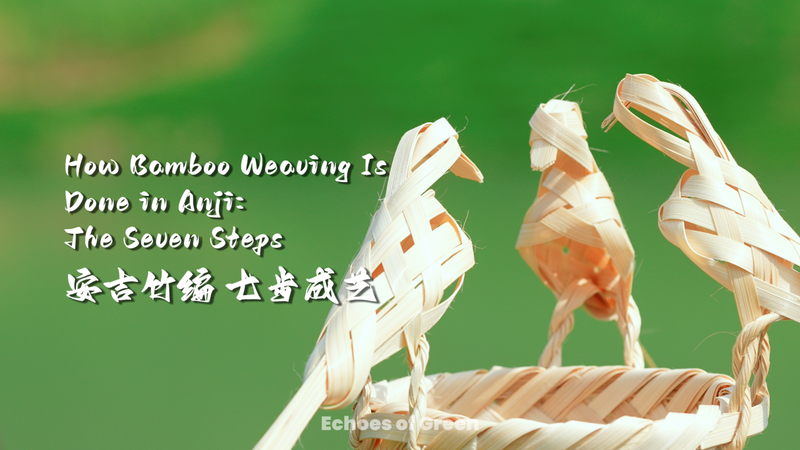In the quiet town of Fenshuiling, Luzhou City, Sichuan Province, a centuries-old camphor tree stands as a silent witness to the meticulous craft unfolding beneath its branches. Here, Bi Liufu—sixth-generation inheritor of Luzhou’s oil-paper umbrella tradition—carefully splits bamboo stalks, his hands guided by ancestral knowledge. "Our family has made these umbrellas for generations," he says. "In the past, we were called ‘artisans’—people who shape life with their hands."
The process demands precision: bamboo aged three to five years, sun-dried, soaked for a month to deter pests. Each segment must measure at least 25 centimeters, joints aligned flawlessly, handmade paper pressed without a single wrinkle. For the Bi family, this craft is both art and philosophy.
But tradition faces modern challenges. When Bi Yuanshen, Bi Liufu’s son, chose to continue the craft after college, his father tested his resolve by asking him to make an umbrella alone. "It took 15 days," Bi Yuanshen recalls. "The umbrella was imperfect, but my father said it reflected my character—determination, patience, perseverance."
Today, the Bis prioritize innovation alongside preservation. "We don’t care if the craft bears our name," Bi Yuanshen explains. "We care about ensuring it thrives for generations." Their story mirrors a broader narrative across Asia, where heritage crafts adapt to survive—and where patience, woven into bamboo and paper, becomes a bridge between past and future.
Reference(s):
cgtn.com
